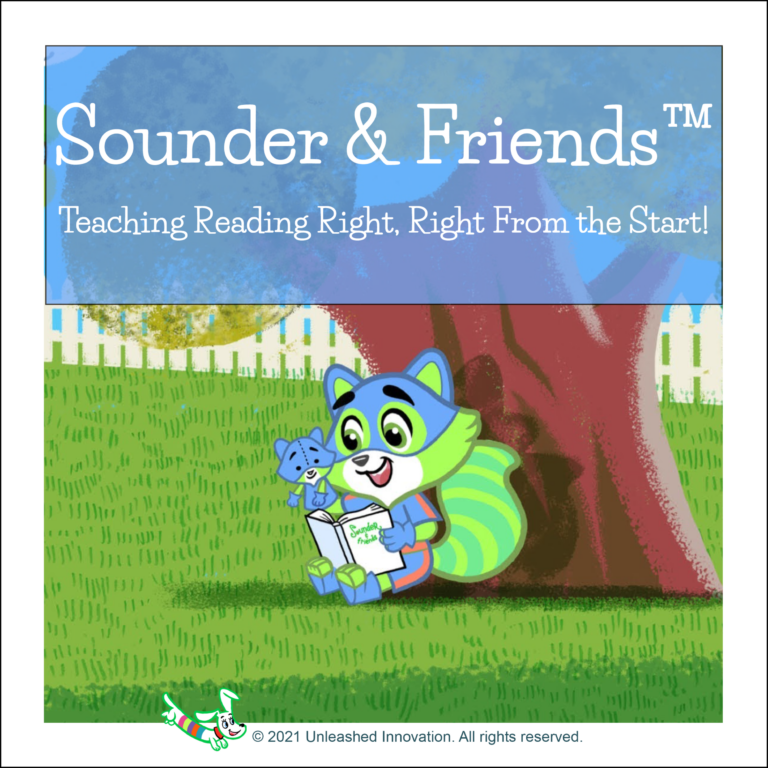
Share This:

I’ve read a lot of books about teaching reading. Some have been great, some have been meh, and some have been so dense I have to wait until I’m on a break to read them because my brain literally can’t handle. None have captivated me as much as Lyn Stone’s Reading for Life. It is, without a doubt, my favorite Science of Reading book. I devoured it like I was reading Harry Potter for the first time. Let me tell you why.
I love Lyn’s voice. Most academic books are (understandably) devoid of a personal voice. For the sake of objectivity, the facts are presented, and opinions are limited. Lyn Stone has no qualms about sharing her personal voice and calling out ineffective practices. There are too many to mention, but here’s a few of her quips that had me reading this book like it was 12:01 am when Deathly Hallows was released:
The book is divided into 4 different sections: the research; the “Reading Wars;” a section on cults, catchphrases, logical fallacies, and snake oil (hard to summarize in just a couple words); and a section on teaching reading and writing. This book isn’t just about the research, and it isn’t just about teaching practices. Instead, Lyn is able to cover a little bit of everything in under 200 pages.

If you are interested in the history of reading instruction in the United States and throughout the world, Lyn presents this is a way that I haven’t seen in any other book. In the “Reading Wars” section, there is a chart of all the key players who have contributed to balanced literacy, structured literacy, and what we know about how children learn to read. It includes the people, their big beliefs, and notable works of theirs. I’ve never seen a chart quite like it.
Another reason I love this book is that it isn’t solely focused on the United States. She discusses the history of reading instruction in the UK, Australia, and the United States. There’s different legislative acts and research mentioned, not just the National Reading Panel and No Child Left Behind. There were a lot of acts and reports that I had never heard about in my United States-centered world.
I could keep listing reasons, but I honestly think this book is perfect for people who want to know more about where we are coming from, where we are going, and what that means for our children. I will say, though, that this might not be the best book for everyone at any time.
This book may not be the best book for you at this time, so let me explain. I think if you are just starting your journey and are struggling to reconcile structured literacy with what you have been taught in college, this text might feel abrasive. If I had read it when I first started, I would have felt attacked. If you are a firm-believer in balanced literacy, this is not a book that will gently urge you towards structured literacy. There is no balancing, no shifting, just hard facts about what the research suggests concerning literacy.
If you just want a book for immediate instructional ideas, this is not it. While there are some classroom application ideas, it is not her main focus. There are 4 main sections and teaching reading and writing is but one of those sections. I don’t find this to be problematic, I just wanted you to be aware. If you need to read something today to help you tomorrow, you may want to pick up another book.
If you’ve made it this far, hopefully I’ve convinced you to go buy the book. It was such a fun read, and I learned so much from the author. Also, Lyn, are you reading this? Can we be friends? We should totally be friends.
Share This:

Savannah Campbell is a K-5 reading specialist. She has taught her entire 12-year teaching career at the school she went to as a child. She holds two master’s degrees in education from the College of William and Mary. Savannah is both Orton-Gillingham and LETRS trained. Her greatest hope in life is to allow all children to live the life they want by helping them to become literate individuals.

Savannah Campbell is a K-5 reading specialist. She has taught her entire 12-year teaching career at the school she went to as a child. She holds two master’s degrees in education from the College of William and Mary. Savannah is both Orton-Gillingham and LETRS trained. Her greatest hope in life is to allow all children to live the life they want by helping them to become literate individuals.
Feeling overwhelmed with all the terminology out there? Want to know the key terms all teachers need to teach phonics? In this FREE Rules of English cheat sheet, you get a 5 page pdf that takes you through the most important terms for understanding English—you’ll learn about digraphs, blends, syllable types, syllable divisions, and move. Grab today and take the stress out of your phonics prep!
